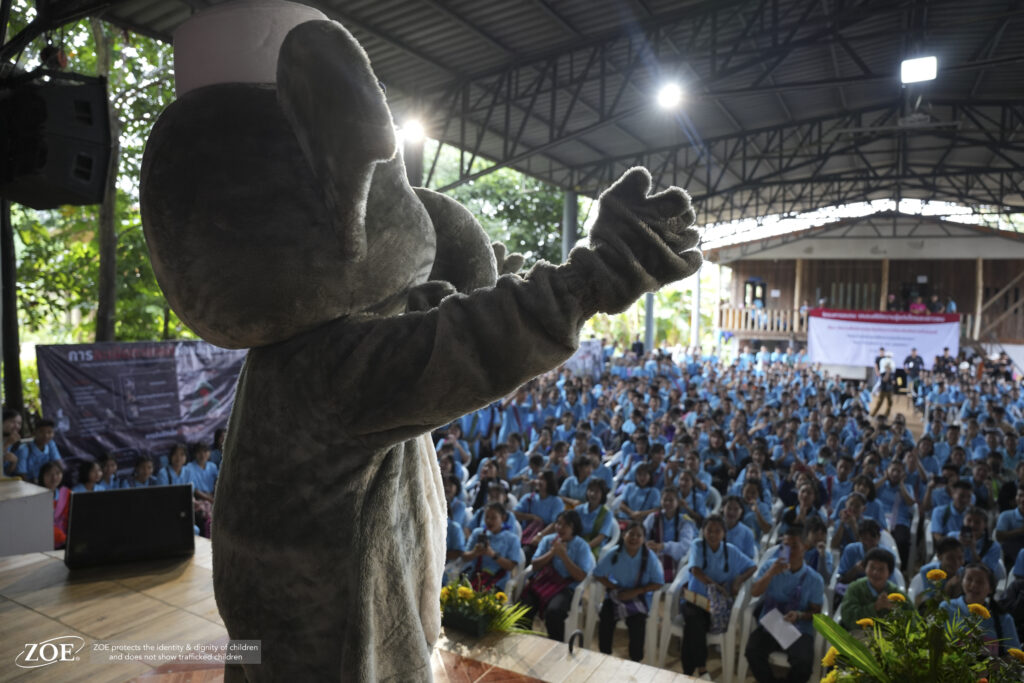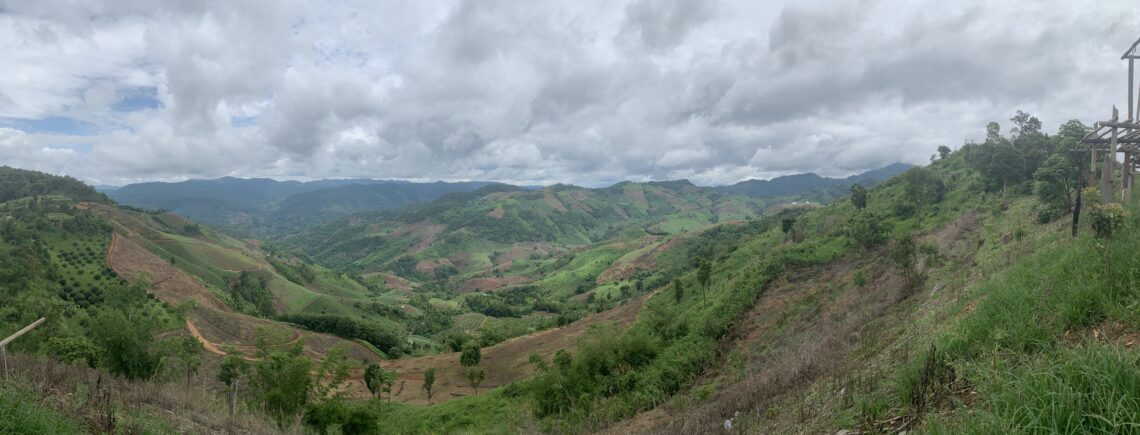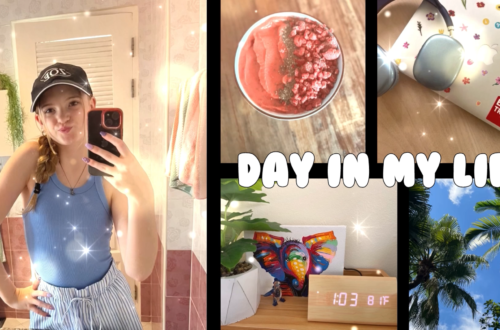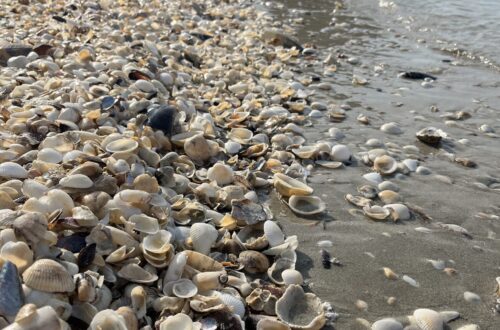-
My First Outreach
Many times throughout the year, ZOE has prevention outreaches to many places in Northern Thailand. Every few months or so, a short-term missionary team, usually from America or Australia, comes to Thailand for ZOE. They do several things around ZOE, volunteering anywhere and everywhere they are needed. And then comes the outreach. This is where the short-term team, ZLT Students (Zoe Leadership Training), and the Child Rescue Team, go to the little villages in the mountains and preach the Good News of Jesus and spread awareness about human trafficking. Since my dad is part of the ZCR (ZOE Child Rescue), he goes on nearly every single one. And, when there is enough room, some of the missionaries’ families are allowed to tag along and help where needed. Well, there was extra space and I went on a prevention outreach to Doi Chang (a mountain village, known world wide for its quality coffee). It was a really great opportunity for my first outreach because it was ZOE’s first youth team, 15 or so teenagers from America.

I rode along half the way in Nick and Heather’s (fellow Zoe Missionaries) truck and then we all met at a PTT (gas station) to gather and regroup. We still had about and hour or two ahead of us so we all grabbed snacks at the Seven-Eleven. Something I noticed right away is that teens are much more adventurous than most adults. Especially when it comes to food. They ate fun chip flavors like Ghost Pepper, Hot Chili Squid (my favorite), Garlic Bread, Seaweed, and many more. They would see something they haven’t seen before and just get that. Most people who come to Thailand, unless they are young tourists, are more likely to stay with their safe and reliable Coke and Snickers instead of trying something new. I personally enjoyed this. I have become much more adventurous in my food while living here. As a Nebraska kid, seafood always kinda grossed me out, I couldn’t handle spice, and I was not comfortable eating anything without knowing about everything in it. Now I am sure I have eaten intestine and not known about it. Sometimes at restaurants, I just pick the thing with the funniest-sounding name I can find and eat whatever I get. I love most seafood now, and can handle pretty spicy things. It was kinda refreshing to be around several other people who were just as adventurous.






I rode with some of the teens in one of their vans the rest of the way and compared chip flavors. They, of course, were still jet-lagged and several of them would get car sick so they slept most the way and missed the amazing mountain views. We were driving through rainforest-covered mountains the whole way and we were surrounded by awesome views the whole time. We even stopped at a view-point before getting to the village and took some photos there.




We got to the village and had lunch before heading to the local village church. One thing to understand about all these little villages in Northern Thailand is that, they are not all Thai. There are people from surrounding countries and several other tribes and groups that are too small to be considered their own nations even though they have their own languages and traditions and clothes and cultures. The people we visited were the Akha Hill Tribe. They, obviously, spoke Akha (or Akhanese) which is probably similar to Thai but still another language altogether. This led to a few language barriers between ZOE people and the older people of the village. However, the younger people who went to schools were taught Thai and sometimes English. Several of the ZLT students also speak other languages so we could still get around just fine.
Well, kinda. Language wasn’t the main problem with getting around. I don’t know how these people get around in these villages. They are twisting, winding, skinny roads with no organization whatsoever. And every single turn has steep inclines that feel like 80 degree drops. The two-way roads looked like they couldn’t even fit one car. How it works here is, on the skinny streets, if you are going one way and someone else is coming the opposite way, the person who made the least amount of ground backs-up and lets the other through. How the van drivers got around is beyond me.

Anyway, through a lot of winding and turning, we got to the church and split up into small groups. Each group had a translator or two, ZLT students, STM (short term missionaries, I know the acronyms are confusing), and some volunteers who lived in the village. The teams would spread out throughout the village and just go knock on people’s doors and offer to pray for them and invite them to the church for a worship service. I tagged along with one group where our “village volunteers” were three small girls who knew exactly what they were doing. While leading the way to the different houses, they would run around and just hang on to our arms and take our hands to show us something, as we walked down long, steep roads and went from door to door talking about Jesus and prayed for people and invited them to come to the worship service that night. After that we went back to our gathering place and ate dinner. Then we went back to the church and welcomed people as they came to the service.

There was an outdoor seating area as well as the inner sanctuary of the church. Everyone who came went into the church and so only a few people were outside. Me and Dad stayed outside because we both hate hot stuffy rooms overflowing with people, but also it opened up space for people to be close to the message. Fortunately, they set up a camera inside that was connected to a projector outside so we could watch everything going on inside, such as the worship, dramas, and prayers.

(P.S The Akha people showed some of their culture as well)
After everything, we handed out goodie bags which the STM had helped prepare. We went back to our hotels and slept.
ZOE had reserved rooms at several different motels for the missionaries while the ZLT and ZCR members had these large cabins with multiple mattresses and rooms. Me and my dad stayed at Hotel Charlie which was comprised of several small “duplexes.” Our room had about a two-feet wide walkway, in-between the first bed and the wall. There were two beds with thin hard mattresses and pale pink bedspread. Also, there was a small balcony with an amazing view and a small Thai-Style bathroom. Thai-Style bathrooms are small, tiled rooms with a toilet, sink, shower-head and a drain or two on the floor. There is usually nothing separating these things so you can literally shower while using the sink to brush your teeth. After the shower, almost everything in the bathroom is covered in water so you have to be careful where you put your towel.
Now, as far as I know, no outreaches are the exact same, but they usually have the same layout. The first day is the door to door stuff and the worship service. The next few days though, is going to schools and spreading awareness about human trafficking. So that is what we did the next day. The school in this village was large with a big gymnasium/auditorium. Behind that was a good-sized open-air coffee shop for people to rest and regroup.

Something that ZOE does really well, is how they teach about human trafficking. This is a serious topic. It’s a scary topic. It’s a topic that doesn’t really get discussed around children. What ZOE does is they have people leading the younger kids in crafts and games that teach about trafficking while teaching about Jesus while the older kids are in the auditorium learning about trafficking. The speakers in the auditorium will make sure kids are listening by telling them how many times to clap randomly throughout the speech which is kinda fun and will throw prizes to kids who answer questions correctly. The STM and ZLT also had silent dramas showing the seriousness of trafficking in kind of a fun way but still very serious. It isn’t just fun and games. It’s serious and the speakers will talk for a long time teaching kids how to be safe and telling them how to be aware of what might be going on in their own village.
While all this was going on, I didn’t really have a specific job. Heather’s main job at ZOE is these outreaches and I was basically her assistant. She organized everything and I helped her make sure everything stayed organized. I would go around to all the different stations and tell them when they would need to rotate or come back to the auditorium. I would run and grab things for people and help set up things, just be wherever I was needed.
We had lunch there and had a few more things to do there after lunch, but mostly we just hung-out with kids and with each other. We also got to benefit from the coffee shop and get coffee from there although we had a hot water machine and instant coffee and cocoa drinks whenever we wanted.
After that we got back to our rooms to shower and rest before going back to the gathering place to sing worship songs and eat and play games. One thing I know we all appreciated was the team of cooks who had come with supplies in advance and spent the entire outreach cooking for us while we worked or had fun. The food was the best Thai food I have ever had and we had something different for every meal. They rarely had leftovers because we were all hungry and it was all so good.

The next day was similar to the second one, though it was our last day in Doi Chang. We all packed up in the morning, had breakfast, got in the vans, and headed to another school. How ZOE ever discovered this school, I will never know. It was a rather large school but was completely hidden in the mountainous jungle. We spent over an hour on the worst roads known to man to get there. Skinny and ridiculously bumpy. The craziest thing was that some ZLT members were sitting in the back of the truck the whole way and they even fell asleep while us inside the cap were trying not to hit our heads on the roof of the truck. It was that bumpy. We got to the school and basically did the same thing we did at the other school with fun stations for younger people and older kids in the auditorium.

They did the dramas and the skits and then we had fried chicken and rice that they had cooked for us ahead of time and packaged in individual plastic containers. Then we packed up and headed home.
I totally enjoyed that outreach and have gone on another since then though Selah is talking about that one. It was nice having all those teens to hangout with and talk to though it was kinda crazy and hectic. I am not saying I am the most mature teen in the world but I am the most mature teen that went on that trip. They were a lot of fun but I just wished they would turn the volume down a bit.
I would love to go on many more outreaches. The atmosphere and the people at ZOE is probably the best atmosphere in the world. Our family likes to think of it like there are many cultures, none better or worse than the others, but ZOE culture far surpasses every other one. The people at ZOE are the most kind, most faithful, most fun, and most enthusiastic people in the entire world and our family is blessed to be connected to them like we are!
-
How to Spot a Monster
I’ve often wondered with regards to human trafficking, “How do you measure the effectiveness of prevention?” It seems as if there is no metric to know if efforts on the front end have prevented the feared atrocity from occurring in the first place.
On a prevention outreach near the Myanmar border a few months ago, I witnessed first-hand encouraging evidence of the ZOE Prevention Team’s effectiveness at stopping a horror before it begun. In front of an audience nearing a thousand refugee children, The Prevention Team performed a powerful drama. Absent any dialogue, the play showcased how children are often lured into human trafficking and the many subsequent forms of exploitation.

The story began with three happy siblings enjoying their family when tragedy befell their father, now no longer able to care for his children. On stage arrived a well-dressed couple, clearly appearing at a higher socio-economic level than both the pretend children on stage, as well as the actual children in the crowd. The audience vocally cheered at the arrival of these well-to-do folks on stage who appeared as reputable heroes to the tragedy-stricken siblings. The siblings left with the well-dressed duo, in hopes of a future filled with opportunity.

Unbeknownst to the siblings, the couple were paid for introducing the crestfallen kids to an elegant woman in a beautiful, bright-red dress. With make-up, high heels, bundles of cash, and poise, she entered the stage to roaring applause and cheers from the audience. Her presence, demeanor, and attire conveyed power, wealth, and sophistication; attributes seemingly unattainable to the children in the crowd. As the story unfolded, the woman in the red dress was revealed to be not the hero the audience expected, but rather a beautifully dressed monster in disguise. She sold one of the sisters into sexual slavery. The brother was forced into hard labor. The other sister had her eye’s removed for black-market organ sales, was beaten, and forced to beg for money on the street.

It was an emotionally powerful story. While it is a fictional depiction of the real-life terrors experienced in human trafficking, none of it was exaggerated. As powerful as the drama was for me, the most memorable part was the shift in reaction from the audience. The children in the crowd were incredibly poor. Their lives have been devastated by war, poverty, brokenness, and difficulty. Tragically, pain and hardship are much of all they know. Seeing the classy, well dressed, and sophisticated actors on stage garnered an immediate reaction of ovation and approval. But as the story unfolded, the true character and motivations of those face-value heroes was unveiled and the audience’s adulations diminished. Their former applause turned to silence. Their cheers switched to gasps. Children looked away and others covered their mouths in astonishment. The apparent heroes were the actual villains. I was able to watch these children recognize there was more than meets the eye.

The truth remains, it is incredibly difficult to objectively measure the effectiveness of prevention. But if what I witnessed was any indication, those school children are now far more aware of the real-life predators actively looking for them, seeking to cause harm and destruction, desiring to take advantage of their innocence.

The rest of the outreach was filled with fun training, resources and techniques to help keep those kids safe. As the adage goes, an ounce of prevention is worth more than a pound of cure.

Helping these kids navigate life with the cards they’ve been dealt is worth all our efforts and attention, while simultaneously praying they’re never in a position requiring rescue.








